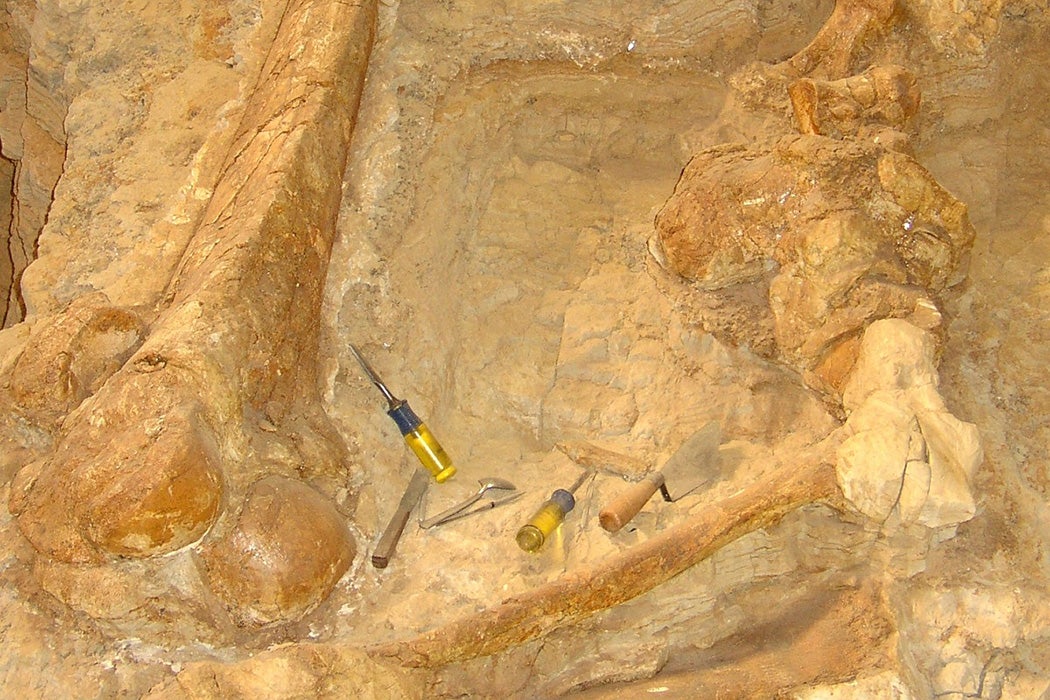Archaeologists have begun digging again at Vero, Florida, nearly a century after it was the locus of a big debate over the question of how long human beings had been in the Americas. At the time, Elias Sellards claimed the human remains he found at Vero were 14,000 years old, almost twice the then-accepted time span for humans (referred to as Paleoindians) in the region. Sellards didn’t convince many about “Vero Man” specifically, but his dates for the peopling of the Americas were much more accurate than the general consensus of the day.
A geologist by training, Sellards became one of the foremost authorities on Early Man in America, the title of his 1952 book, which was a standard reference during his life.
The Jan.-Feb. 1917 issue of the Journal of Geology includes a half-dozen perspectives on Sellards’ original “Vero Man” finding, opening a window onto the scientific thinking and debates of the day. In its way, this issue of the Journal has become an archaeology of archaeology. Instead of stone points as artifacts we have peer-reviewed articles, detailing the ebb and flow of debate, and, hopefully, another strata in the accumulation of knowledge.
For instance, after examining the Vero site and the findings there, Aleš Hrdlička of the National Museum in Washington, D.C., “regrets that he can not agree with the conclusions reached by Dr. Sellards as to their antiquity.” Hrdlička was the first curator of physical anthropology at what became the Smithsonian and was a major proponent of the theory that the indigenous peoples of North America had migrated across the Bering Strait. This is, of course, largely accepted now. He thought the Vero remains were the result of later burials that placed the bodies into older strata.
This is always a hazard at archaeological sites, and something the latest team of diggers, with a century’s more experience behind them, will naturally be considering.







